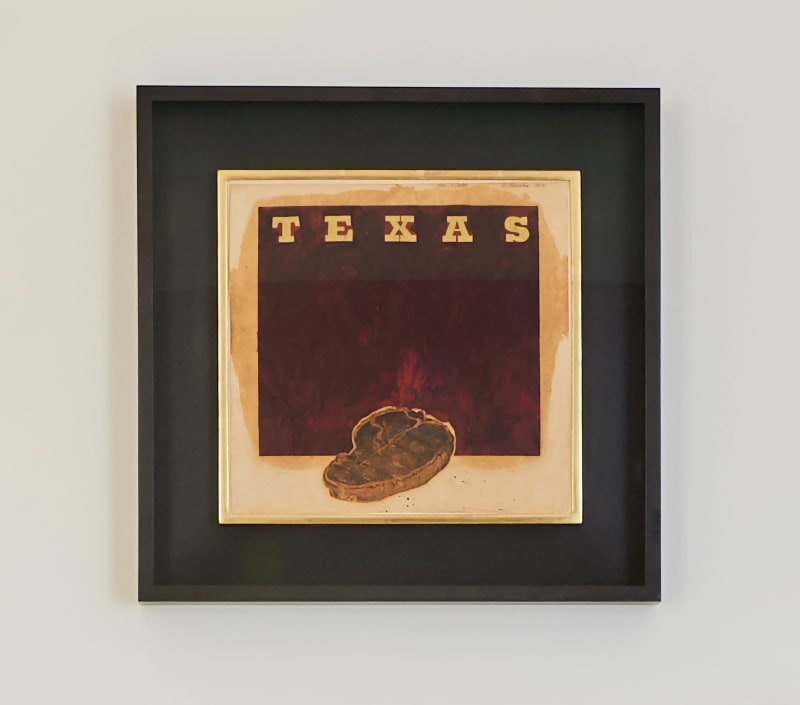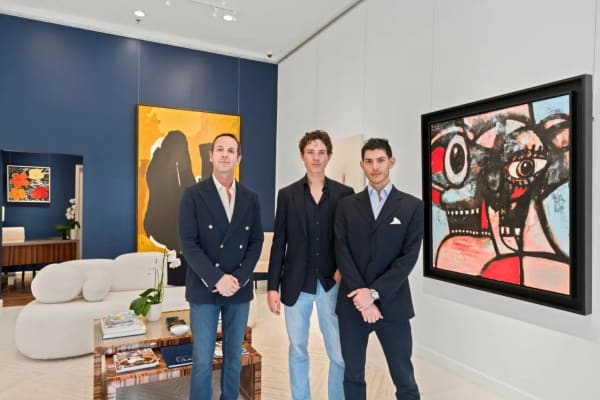Ed Ruscha American, b. 1937
Overview
“I like the idea of a word becoming a picture, almost leaving its body, then coming back and becoming a word again, - ED RUSCHA
Ruscha became well known in the late 1950s when he began making small collages using images and words taken from everyday sources such as advertisements. This interest in the everyday led to him using the cityscape of his adopted hometown Los Angeles – a source of inspiration he has returned to again and again. Ruscha often combines images of the city with words and phrases from everyday language to communicate a particular urban experience. He also explores the banality of modern urban life and the barrage of mass media-fed images and information that confronts us daily.
Paramount to Ruscha’s work is that the changing nature of language —as its meaning shifts as a function of font, color, composition, and other visual effects—can be a subject for painting and drawing. He often repeats the same phrase or word in artworks over the course of many years. Often, his words and phrases have a vernacular, familiar tone, but an unfamiliar reference. Along the way, Ruscha teases out and accumulates new meanings from the expression. Though words typically take a secondary role in the history of art, Ruscha places language at the center of his practice, reflecting on contemporary life, especially in Los Angeles, with candor and humor.
He is perhaps best known for his artist’s books, such as Twentysix Gasoline Stations (1963), as well as his word paintings which skew the meaning of each word through color, background, and font. In 2016, he was the subject of a sprawling exhibition at the de Young Museum in San Francisco, titled “Ed Ruscha and the Great American West,” it included 99 works which dealt with America’s captivation with the western landscape and manifest destiny. The artist’s works are held in the collections of The Museum of Modern Art in New York, the National Gallery of Art in Washington, D.C., the Tate Gallery in London, the Los Angeles County Museum of Art, and the Walker Art Center in Minneapolis. He continues to live and work in Los Angeles, CA.
Works
Press
Exhibitions
-

SANS TITRE
Charles Riva Collection x Wynn Fine Art 8 Feb - 14 Jun 2024Sans Titre included prominent artists such as Andy Warhol, Keith Haring, Sherrie Levine, Ed Ruscha, Robert Motherwell, Richard Prince, and George Condo. The title Sans Titre reflects a common practice...Read more -

Entre Chien et Loup
Group show - Brussels 27 Apr - 9 Jul 2022This exhibition stages a dialogue between the radical elegance of Pierre Paulin’s furniture and the powerful visual language of eminent and singular artists including Alexander Calder, Francis Bacon, Philip Guston,...Read more





